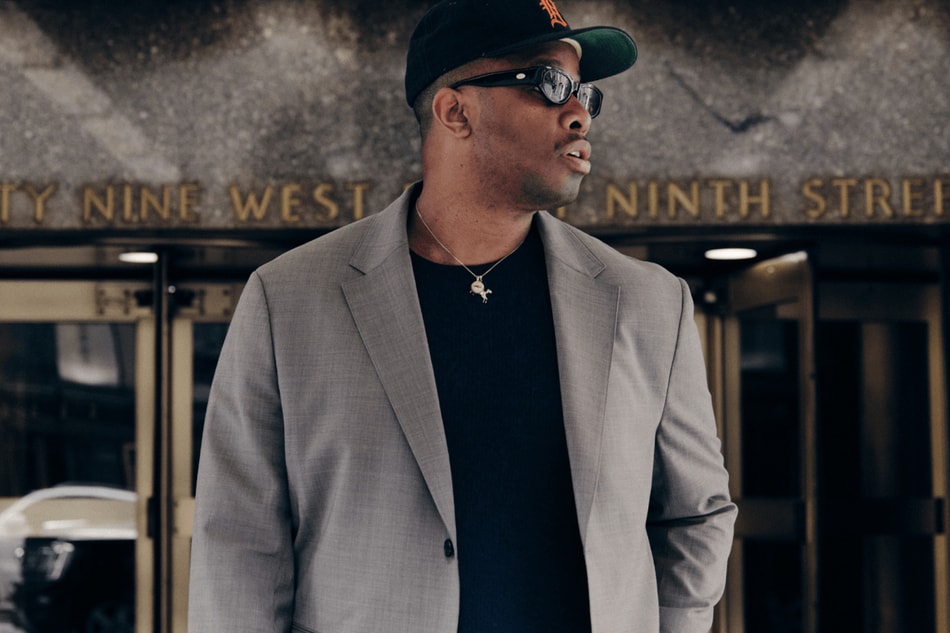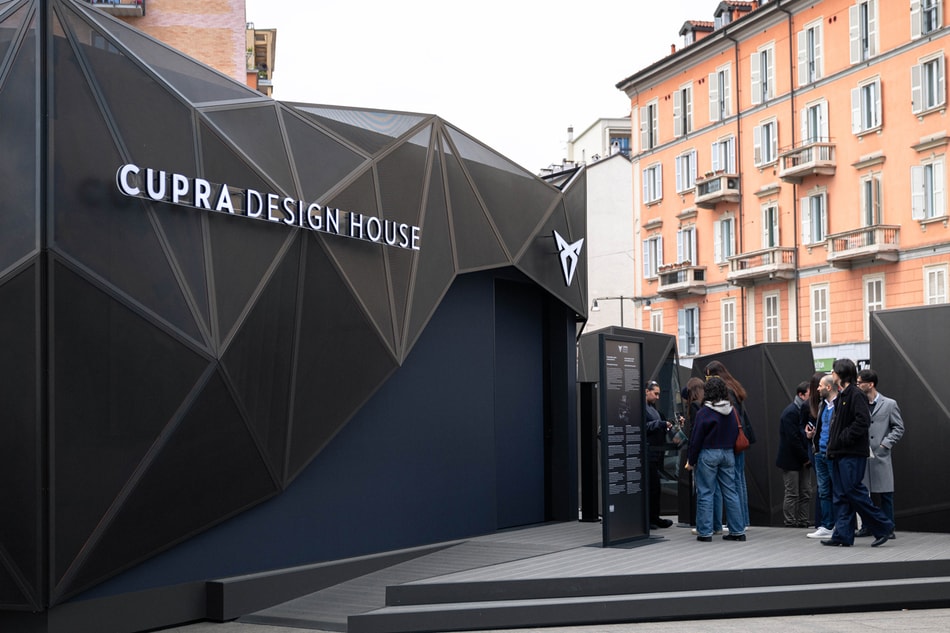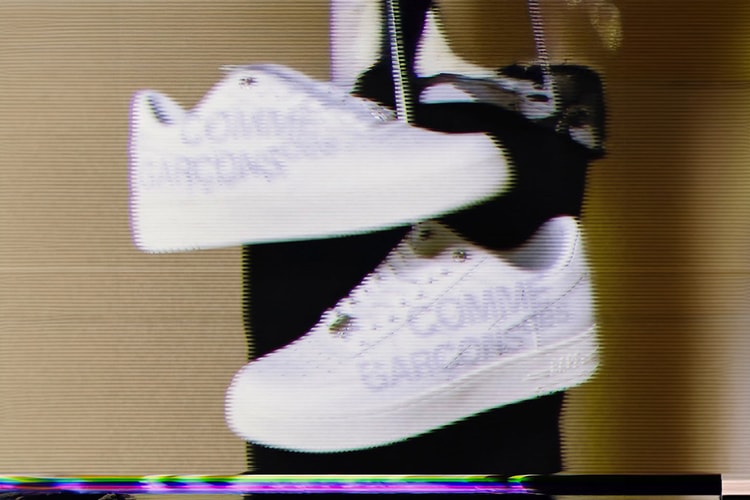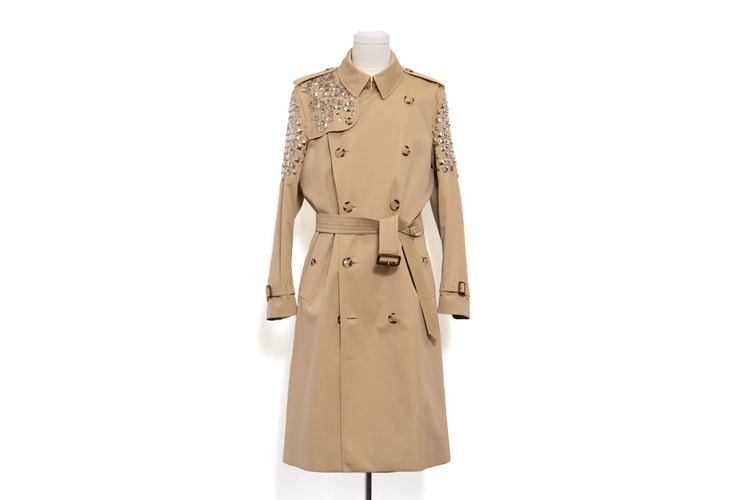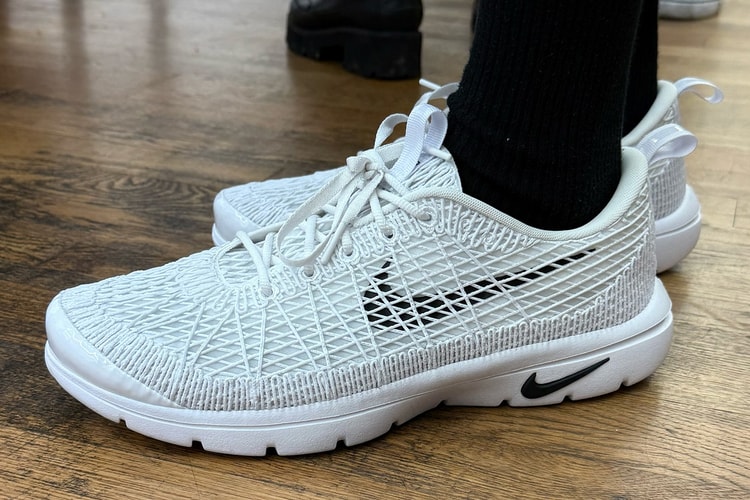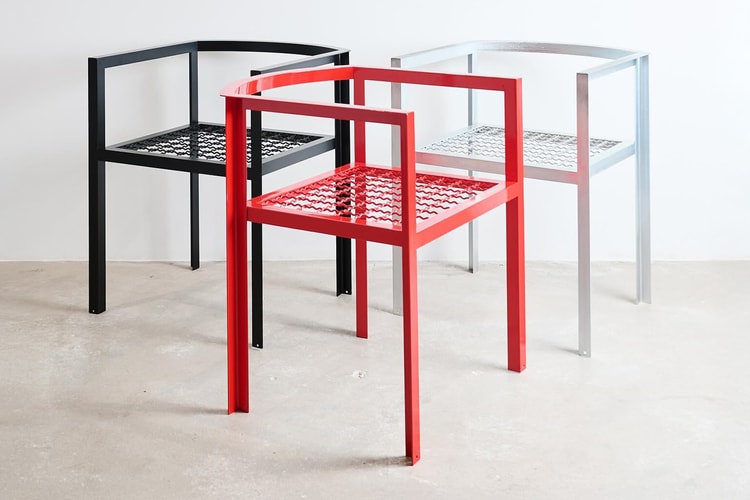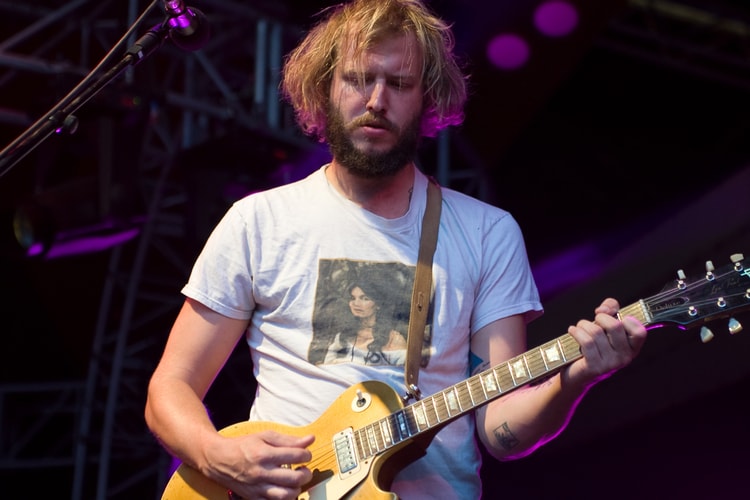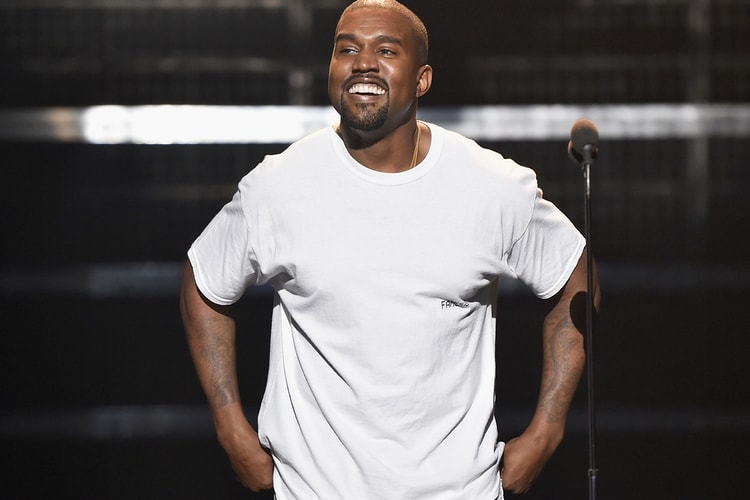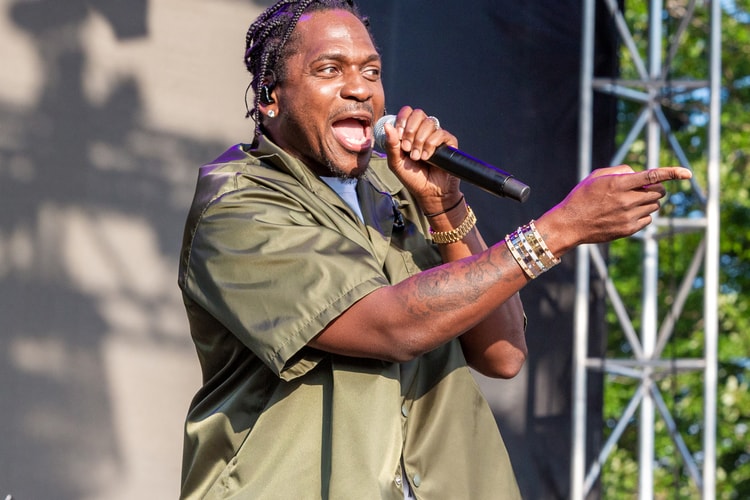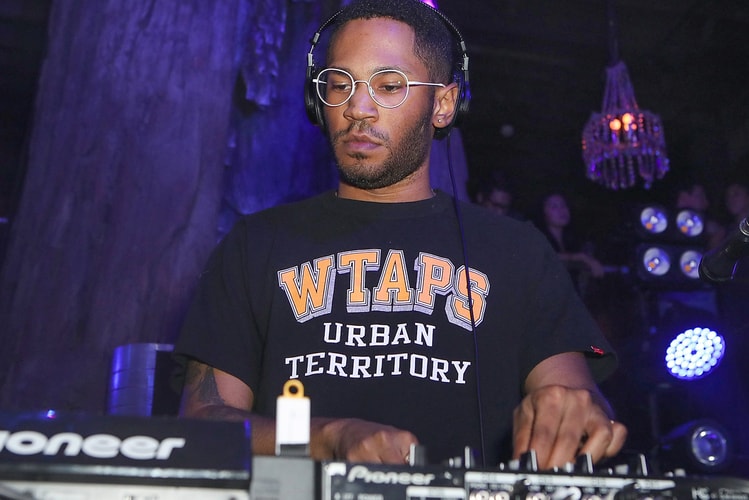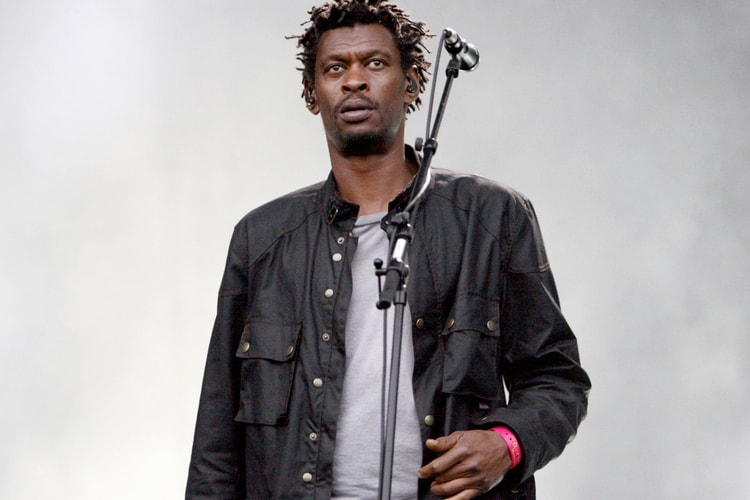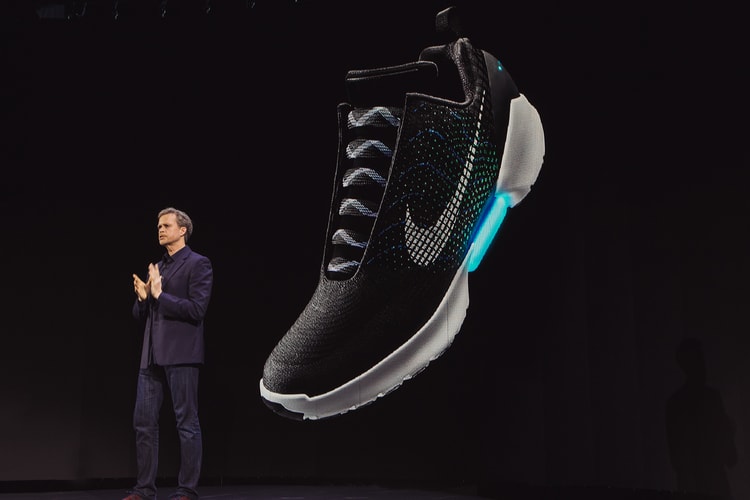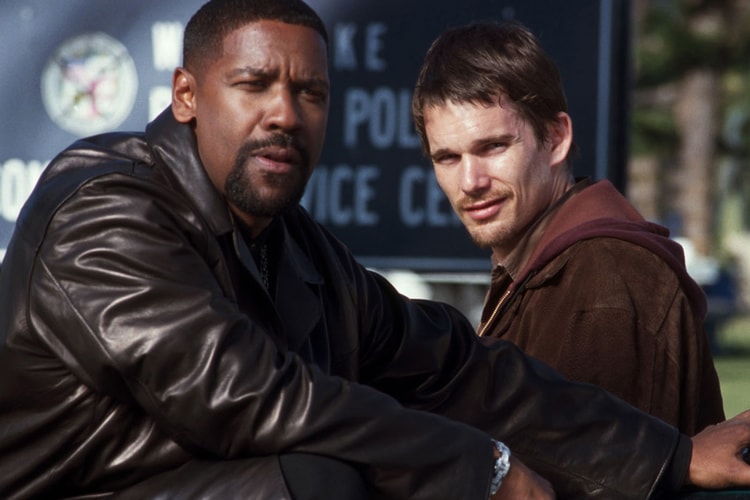How Gosha Rubchinskiy Was Born From COMME Des GARÇONS
A tale of connections, timing, talent and execution.
How do you go from handmaking 10 tees to producing over 50,000 in just a few years? Photographer, designer and artist Gosha Rubchinskiy‘s (ГОША РУБЧИНСКИЙ) tale of success is one that combines vision and talent with perfect timing. A sartorial expression of Moscow’s largely undiscovered youth scene, the label emerges at a time when Russian streetwear labels rarely make a name for themselves beyond Soviet soil. The photography-trained Rubchinskiy brought his skate culture and Soviet era-inspired designs to life when he began experimenting with a DIY approach to fashion during the summer of ‘08 and after a bold presentation at Paris Fashion Week in 2014, the designer scrambled to fulfill orders that came piling in, with Dover Street Market‘s initial buy selling out in just two days. And numbers speak — over the last year, his label has jumped 350 percent in sales. Today, the humble creative remains a discernible figure in the global spotlight. He’s got his brand at 150 stockists worldwide, presented an outstanding Fall/Winter 2016 collection (watch the runway video here) and launched a limited edition photobook called Youth Hotel. This June, Rubchinskiy will be presenting a show at Pitti Uomo in Florence, Italy as a guest designer, while a new book and video are also on the way.
Not many know that COMME des GARÇONS operates the Gosha Rubchinskiy label entirely, including its production, sales, trademark, marketing and distribution. Having jumped into the business with no money, team or production means, the designer was running to London Fashion Week showrooms to present his handmade clothing from his own suitcase. A following period of depression put the fashion label on hold as Rubchinskiy struggled with attaining the means to run his brand until a friend introduced him to COMME Des GARÇONS president Adrian Joffe, the mastermind behind DSM.
In a chat with BoF, Rubchinskiy and Joffe share stories of how they first met and how Comme became the catalyst to launching one of the greatest Russian streetwear labels of our time. View excerpts from the conversation below and read the full piece on BoF.
On the first clothes he ever made:
GR: “We started from making t-shirts — very cheap — and we bought Fruit of the Loom sweatshirts and put embroidery on top. Very DIY. A friend of mine helped to fund the first collection and we made some shirts and denim jackets… It’s very difficult to start a fashion label in Moscow. Good fabrics are expensive and customs rules are very strict. I started thinking that fashion for me was over.”
On his first runway show:
GR: “For the first local show, my friend from the Solyanka club in Moscow supported me and helped me to rent this sports stadium. I wanted it to be like a performance. It was not about the collection, but about these boys, this generation, this energy. We had 600 people in the audience. No one before did anything like this in Moscow… Every piece existed only in one size. We sold or gave it away to friends. There was no business, no money.
I started to receive requests from shops in different countries, but I had to refuse because I only had one piece per size in every collection.”
On launching Gosha Rubchinskiy at DSM:
AJ: “I’ve always loved Russia, the ex-Soviet thing, the language. I was going as often as I could, just going to Moscow to hang out. When I met Gosha [through friend creative consultant Anna Dyulgerova], I understood why I loved it so much. This whole post-Soviet movement of people free at last and wanting to launch artistic things — it appealed to me and I thought, ‘This is the guy I’ve been looking for.’”
GR: “We made the collection for Dover Street Market especially because Adrian ordered. It was hell. I spent my own money to produce it in Serbia. Not only didn’t I get any profit, I spent everything on customs, logistics, production and ended up in debt.”
AJ: “I said, ‘Why don’t I make it for you? You design the collection, I make it, I sell it for you.’ This is how it all started. We basically give him a rough structure: three to five jackets, two to three shirts, t-shirts, sweatshirts, joggers, lots of accessories. Within these parameters he’s pretty free.”
Joffe on Rubchinskiy:
AJ: “It was his photography, his view on life in post-Soviet Russia. I don’t see him as a fashion designer, but as a photographer, a recorder of things. I think to me it hit a nerve because of its authenticity. Lots of start-up brands see Supreme and want to do a similar thing, but it often doesn’t ring true; it feels fake or contrived. With Gosha, it feels very natural. I think it’s because there is one vision, which ties everything together. From the clothes on the runway to the books, everything is one. It’s all coherent, all one idea, one eye and it links the whole story together.”
On his Russian-inspired designs:
GR: “I do things about Russia because I grew up there and those are the things I really know. But I always try to speak with my collections, not just about Moscow. I try to feel what is the moment. I speak a universal language, although with a Russian accent.”
But even the t-shirt sales come from the meaning. It’s about the meaning created around the t-shirts. Guys come to the store and buy a t-shirt, because they want to buy part of Gosha, part of this energy, part of the story… The main idea is the beauty of Russia and its new generation.”
On future projects:
GR: “I wanted to do something unexpected [at Pitti Uomo]. A Russian designer showing streetwear at Pitti — that’s definitely something people don’t expect to see.”
AJ: “It’s going to be about Italian history and bringing Russia to Italy, the story of how he loves the buildings and filmmakers of Italy and how he wants this to meet this thing from Russia.”


